Factorization Machines(论文笔记)
样例一:
一个简单的例子,train是一个字典,先将train进行“one-hot” coding,然后输入相关特征向量,可以预测相关性。
from pyfm import pylibfm
from sklearn.feature_extraction import DictVectorizer
import numpy as np
train = [{"user": "1", "item": "5", "age": 19},{"user": "2", "item": "43", "age": 33},{"user": "3", "item": "20", "age": 55},{"user": "4", "item": "10", "age": 20},
]
v = DictVectorizer()
X = v.fit_transform(train)
print(X.toarray())
y = np.repeat(1.0,X.shape[0])
#print(X.shape[0])
fm = pylibfm.FM()
fm.fit(X,y)
fm.predict(v.transform({"user": "1", "item": "10", "age": 40}))
输出:
[[19. 0. 0. 0. 1. 1. 0. 0. 0.][33. 0. 0. 1. 0. 0. 1. 0. 0.][55. 0. 1. 0. 0. 0. 0. 1. 0.][20. 1. 0. 0. 0. 0. 0. 0. 1.]]
4
Creating validation dataset of 0.01 of training for adaptive regularization
-- Epoch 1
Training log loss: 0.37518
array([0.9999684])
样例二:
是基于真实的电影评分数据来训练。数据集点击下载即可。
import numpy as np
from sklearn.feature_extraction import DictVectorizer
from pyfm import pylibfm# Read in data
def loadData(filename,path="ml-100k/"):data = []y = []users=set()items=set()with open(path+filename) as f:for line in f:(user,movieid,rating,ts)=line.split('\t')data.append({ "user_id": str(user), "movie_id": str(movieid)})y.append(float(rating))users.add(user)items.add(movieid)return (data, np.array(y), users, items)(train_data, y_train, train_users, train_items) = loadData("ua.base")
(test_data, y_test, test_users, test_items) = loadData("ua.test")
v = DictVectorizer()
X_train = v.fit_transform(train_data)
X_test = v.transform(test_data)# Build and train a Factorization Machine
fm = pylibfm.FM(num_factors=10, num_iter=100, verbose=True, task="regression", initial_learning_rate=0.001, learning_rate_schedule="optimal")fm.fit(X_train,y_train)# Evaluate
preds = fm.predict(X_test)
from sklearn.metrics import mean_squared_error
print("FM MSE: %.4f" % mean_squared_error(y_test,preds))
输出:
Creating validation dataset of 0.01 of training for adaptive regularization
-- Epoch 1
Training MSE: 0.59525
-- Epoch 2
Training MSE: 0.51804
-- Epoch 3
Training MSE: 0.49046
-- Epoch 4
Training MSE: 0.47458
-- Epoch 5
Training MSE: 0.46416
-- Epoch 6
Training MSE: 0.45662
-- Epoch 7
Training MSE: 0.45099
-- Epoch 8
Training MSE: 0.44639
-- Epoch 9
Training MSE: 0.44264
-- Epoch 10
Training MSE: 0.43949
-- Epoch 11
Training MSE: 0.43675
-- Epoch 12
Training MSE: 0.43430
-- Epoch 13
Training MSE: 0.43223
-- Epoch 14
Training MSE: 0.43020
-- Epoch 15
Training MSE: 0.42851
-- Epoch 16
Training MSE: 0.42691
-- Epoch 17
Training MSE: 0.42531
-- Epoch 18
Training MSE: 0.42389
-- Epoch 19
Training MSE: 0.42255
-- Epoch 20
Training MSE: 0.42128
-- Epoch 21
Training MSE: 0.42003
-- Epoch 22
Training MSE: 0.41873
-- Epoch 23
Training MSE: 0.41756
-- Epoch 24
Training MSE: 0.41634
-- Epoch 25
Training MSE: 0.41509
-- Epoch 26
Training MSE: 0.41391
-- Epoch 27
Training MSE: 0.41274
-- Epoch 28
Training MSE: 0.41149
-- Epoch 29
Training MSE: 0.41032
-- Epoch 30
Training MSE: 0.40891
-- Epoch 31
Training MSE: 0.40774
-- Epoch 32
Training MSE: 0.40635
-- Epoch 33
Training MSE: 0.40495
-- Epoch 34
Training MSE: 0.40354
-- Epoch 35
Training MSE: 0.40203
-- Epoch 36
Training MSE: 0.40047
-- Epoch 37
Training MSE: 0.39889
-- Epoch 38
Training MSE: 0.39728
-- Epoch 39
Training MSE: 0.39562
-- Epoch 40
Training MSE: 0.39387
-- Epoch 41
Training MSE: 0.39216
-- Epoch 42
Training MSE: 0.39030
-- Epoch 43
Training MSE: 0.38847
-- Epoch 44
Training MSE: 0.38655
-- Epoch 45
Training MSE: 0.38461
-- Epoch 46
Training MSE: 0.38269
-- Epoch 47
Training MSE: 0.38068
-- Epoch 48
Training MSE: 0.37864
-- Epoch 49
Training MSE: 0.37657
-- Epoch 50
Training MSE: 0.37459
-- Epoch 51
Training MSE: 0.37253
-- Epoch 52
Training MSE: 0.37045
-- Epoch 53
Training MSE: 0.36845
-- Epoch 54
Training MSE: 0.36647
-- Epoch 55
Training MSE: 0.36448
-- Epoch 56
Training MSE: 0.36254
-- Epoch 57
Training MSE: 0.36067
-- Epoch 58
Training MSE: 0.35874
-- Epoch 59
Training MSE: 0.35690
-- Epoch 60
Training MSE: 0.35511
-- Epoch 61
Training MSE: 0.35333
-- Epoch 62
Training MSE: 0.35155
-- Epoch 63
Training MSE: 0.34992
-- Epoch 64
Training MSE: 0.34829
-- Epoch 65
Training MSE: 0.34675
-- Epoch 66
Training MSE: 0.34538
-- Epoch 67
Training MSE: 0.34393
-- Epoch 68
Training MSE: 0.34258
-- Epoch 69
Training MSE: 0.34129
-- Epoch 70
Training MSE: 0.34006
-- Epoch 71
Training MSE: 0.33885
-- Epoch 72
Training MSE: 0.33773
-- Epoch 73
Training MSE: 0.33671
-- Epoch 74
Training MSE: 0.33564
-- Epoch 75
Training MSE: 0.33468
-- Epoch 76
Training MSE: 0.33375
-- Epoch 77
Training MSE: 0.33292
-- Epoch 78
Training MSE: 0.33211
-- Epoch 79
Training MSE: 0.33131
-- Epoch 80
Training MSE: 0.33065
-- Epoch 81
Training MSE: 0.33002
-- Epoch 82
Training MSE: 0.32930
-- Epoch 83
Training MSE: 0.32882
-- Epoch 84
Training MSE: 0.32813
-- Epoch 85
Training MSE: 0.32764
-- Epoch 86
Training MSE: 0.32722
-- Epoch 87
Training MSE: 0.32677
-- Epoch 88
Training MSE: 0.32635
-- Epoch 89
Training MSE: 0.32591
-- Epoch 90
Training MSE: 0.32550
-- Epoch 91
Training MSE: 0.32513
-- Epoch 92
Training MSE: 0.32481
-- Epoch 93
Training MSE: 0.32451
-- Epoch 94
Training MSE: 0.32421
-- Epoch 95
Training MSE: 0.32397
-- Epoch 96
Training MSE: 0.32363
-- Epoch 97
Training MSE: 0.32341
-- Epoch 98
Training MSE: 0.32319
-- Epoch 99
Training MSE: 0.32293
-- Epoch 100
Training MSE: 0.32268
FM MSE: 0.8873样例三:是一个分类的样例
import numpy as np
from sklearn.feature_extraction import DictVectorizer
from sklearn.model_selection import train_test_split
from pyfm import pylibfmfrom sklearn.datasets import make_classificationX, y = make_classification(n_samples=1000,n_features=100, n_clusters_per_class=1)
data = [ {v: k for k, v in dict(zip(i, range(len(i)))).items()} for i in X]X_train, X_test, y_train, y_test = train_test_split(data, y, test_size=0.1, random_state=42)v = DictVectorizer()
X_train = v.fit_transform(X_train)
X_test = v.transform(X_test)fm = pylibfm.FM(num_factors=50, num_iter=10, verbose=True, task="classification", initial_learning_rate=0.0001, learning_rate_schedule="optimal")fm.fit(X_train,y_train)from sklearn.metrics import log_loss
print("Validation log loss: %.4f" % log_loss(y_test,fm.predict(X_test)))
输出:
Creating validation dataset of 0.01 of training for adaptive regularization
-- Epoch 1
Training log loss: 2.12467
-- Epoch 2
Training log loss: 1.74185
-- Epoch 3
Training log loss: 1.42232
-- Epoch 4
Training log loss: 1.16085
-- Epoch 5
Training log loss: 0.94964
-- Epoch 6
Training log loss: 0.78052
-- Epoch 7
Training log loss: 0.64547
-- Epoch 8
Training log loss: 0.53758
-- Epoch 9
Training log loss: 0.45132
-- Epoch 10
Training log loss: 0.38187
Validation log loss: 1.3678代码:pyFM/pyfm/pylibfm.py at master · coreylynch/pyFM (github.com)
相关文章:
)
Factorization Machines(论文笔记)
样例一: 一个简单的例子,train是一个字典,先将train进行“one-hot” coding,然后输入相关特征向量,可以预测相关性。 from pyfm import pylibfm from sklearn.feature_extraction import DictVectorizer import numpy as np tra…...
——使用QTimer定时触发槽函数)
Qt开发(5)——使用QTimer定时触发槽函数
实现效果 软件启动之后,开始计时,到达预定时间后,调用其他类的某个函数。 类的分工 BaseType:软件初始化的调用类 FuncType: 功能函数所在类 具体函数 // FuncType.h class FuncType: public QObject {Q_OBJECT public: publ…...
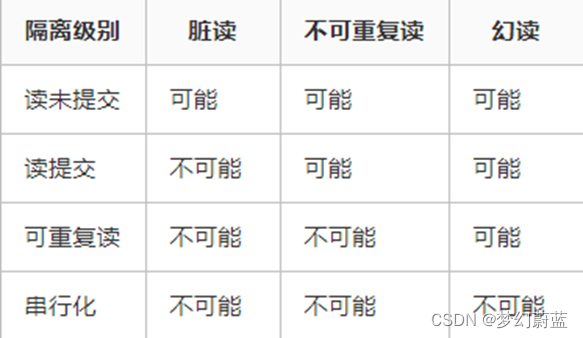
2023年JAVA最新面试题
2023年JAVA最新面试题 1 JavaWeb基础1.1 HashMap的底层实现原理?1.2 HashMap 和 HashTable的异同?1.5 Collection 和 Collections的区别?1.6 Collection接口的两种区别1.7 ArrayList、LinkedList、Vector者的异同?1.8 String、Str…...

(四)RabbitMQ高级特性(消费端限流、利用限流实现不公平分发、消息存活时间、优先级队列
Lison <dreamlison163.com>, v1.0.0, 2023.06.23 RabbitMQ高级特性(消费端限流、利用限流实现不公平分发、消息存活时间、优先级队列 文章目录 RabbitMQ高级特性(消费端限流、利用限流实现不公平分发、消息存活时间、优先级队列消费端限流利用限流…...
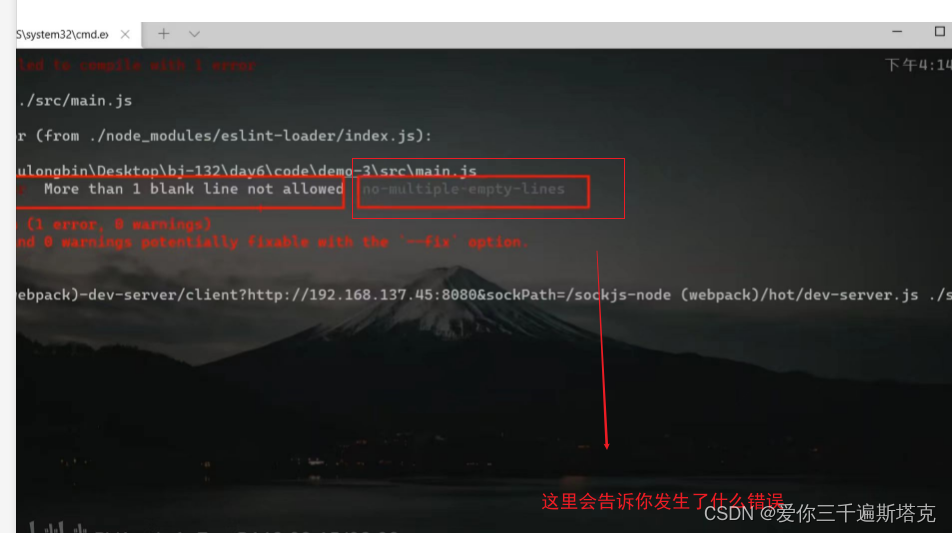
Vue如何配置eslint
eslint官网: eslint.bootcss.com eslicate如何配置 1、选择新的配置: 2、选择三个必选项 3、再选择Css预处理器 4、之后选择处理器 5、选择是提交的时候就进行保存模式 6、放到独立的配置文件上去 7、最后一句是将自己的数据存为预设 8、配合console不要出现的规则…...

Elasticsearch查询文档
GET查询索引单个文档 GET /索引/_doc/ID GET /ffbf/_doc/123返回结果如下,查到了有数据"found" : true表示 {"_index" : "ffbf","_type" : "_doc","_id" : "123","_version" : 2...

面向对象编程:多态性的理论与实践
文章目录 1. 修饰词和访问权限2. 多态的概念3. 多态的使用现象4. 多态的问题与解决5. 多态的意义 在面向对象编程中,多态是一个重要的概念,它允许不同的对象以不同的方式响应相同的消息。本文将深入探讨多态的概念及其应用,以及在Java中如何实…...

linux:filezilla root密码登陆
问题: 如题 参考: 亚马逊服务器FileZilla登录失败解决办法_亚马逊云 ssh链接秘钥认证不了 ubuntu拒绝root用户ssh远程登录解决办法 总结: vi /etc/ssh/sshd_config,修改配置: PermitRootLogin yes PasswordAuthenticat…...
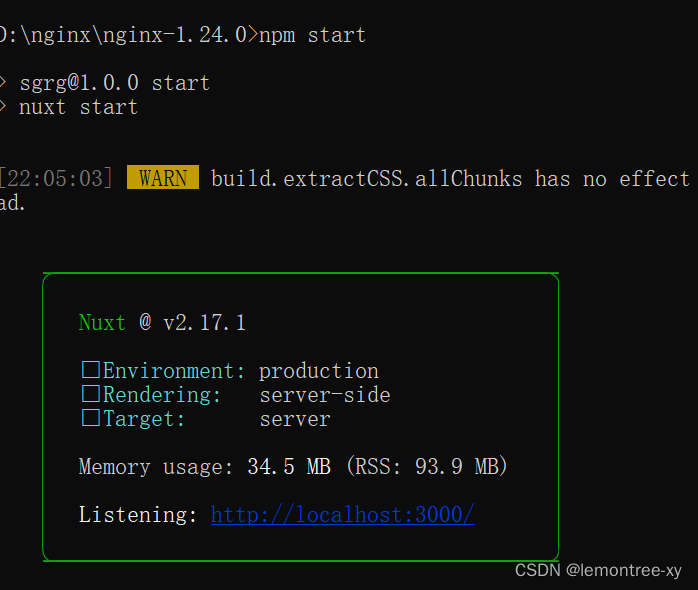
在nginx上部署nuxt项目
先安装Node.js 我安的18.17.0。 安装完成后,可以使用cmd,winr然cmd进入,测试是否安装成功。安装在哪个盘都可以测试。 测试 输入node -v 和 npm -v,(中间有空格)出现下图版本提示就是完成了NodeJS的安装…...

嵌入式linux通用spi驱动之spidev使用总结
Linux内核集成了spidev驱动,提供了SPI设备的用户空间API。支持用于半双工通信的read和write访问接口以及用于全双工通信和I/O配置的ioctl接口。使用时,只需将SPI从设备的compatible属性值添加到spidev区动的spidev dt ids[]数组中,即可将该SP…...

【Nodejs】Puppeteer\爬虫实践
puppeteer 文档:puppeteer.js中文文档|puppeteerjs中文网|puppeteer爬虫教程 Puppeteer本身依赖6.4以上的Node,但是为了异步超级好用的async/await,推荐使用7.6版本以上的Node。另外headless Chrome本身对服务器依赖的库的版本要求比较高,c…...

Windows Active Directory密码同步
大多数 IT 环境中,员工需要记住其默认 Windows Active Directory (AD) 帐户以外的帐户的单独凭据,最重要的是,每个密码还受不同的密码策略和到期日期的约束,为不同的帐户使用单独的密码会增加用户忘记密码和…...
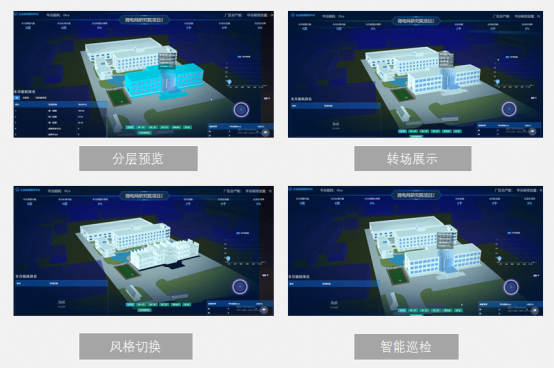
安科瑞能源物联网以能源供应、能源管理、设备管理、能耗分析的能源流向为主线-安科瑞黄安南
摘要:随着科学技术的发展,我国的物联网技术有了很大进展。为了提升电力抄表服务的稳定性,保障电力抄表数据的可靠性,本文提出并实现了基于物联网的智能电力抄表服务平台,结合云计算、大数据等技术,提供电力…...

FPGA设计时序分析一、时序路径
目录 一、前言 二、时序路径 2.1 时序路径构成 2.2 时序路径分类 2.3 数据捕获 2.4 Fast corner/Slow corner 2.5 Vivado时序报告 三、参考资料 一、前言 时序路径字面容易简单地理解为时钟路径,事实时钟存在的意义是为了数据的处理、传输,因此严…...
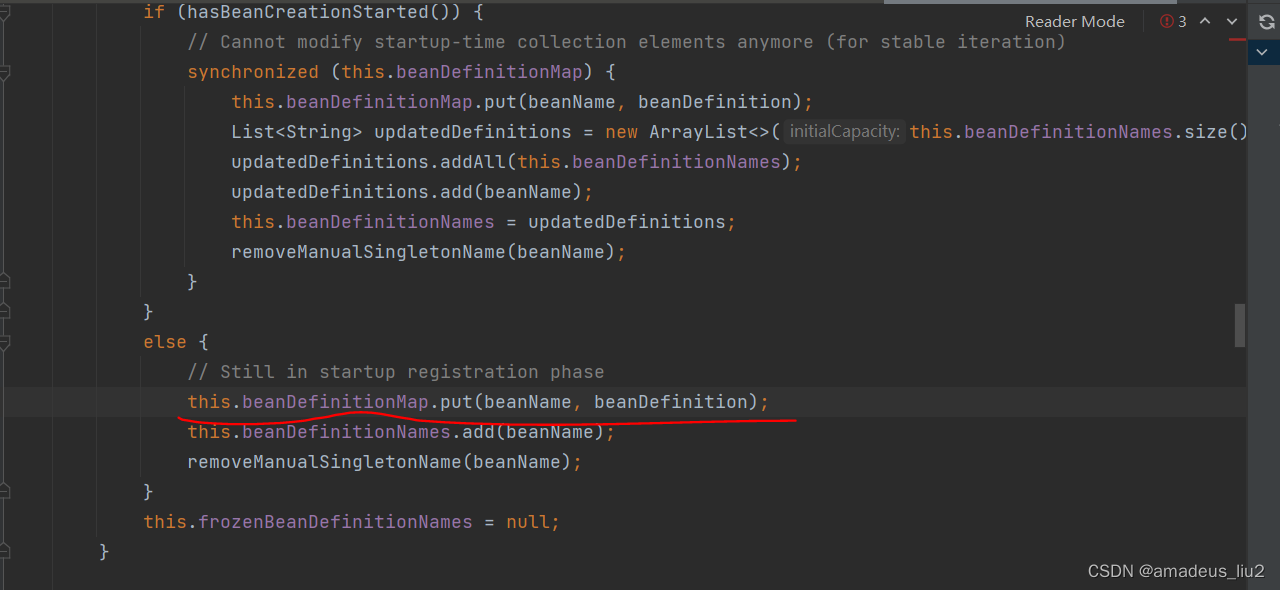
spring复习:(52)注解方式下,ConfigurationClassPostProcessor是怎么被添加到容器的?
进入AnnotationConfigApplicationContext的构造方法: 进入AnnotatedBeanDefinitionReader的构造方法: 进入this(registry, getOrCreateEnvironment(registry));代码如下: 进入AnnotationConfigUtils.registerAnnotationConfigProcessors方…...
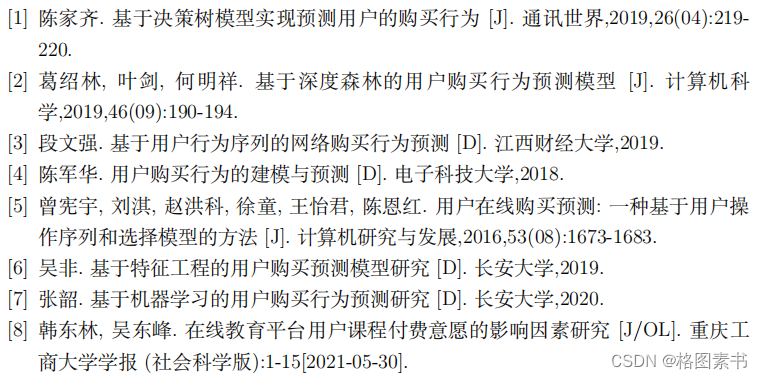
全国大学生数据统计与分析竞赛2021年【本科组】-B题:用户消费行为价值分析
目录 摘 要 1 任务背景与重述 1.1 任务背景 1.2 任务重述 2 任务分析 3 数据假设 4 任务求解 4.1 任务一:数据预处理 4.1.1 数据清洗 4.1.2 数据集成 4.1.3 数据变换 4.2 任务二:对用户城市分布情况与分布情况可视化分析 4.2.1 城市分布情况可视化分析 4…...

力扣1667. 修复表中的名字
表: Users ------------------------- | Column Name | Type | ------------------------- | user_id | int | | name | varchar | ------------------------- 在 SQL 中,user_id 是该表的主键。 该表包含用户的 ID 和名字。…...
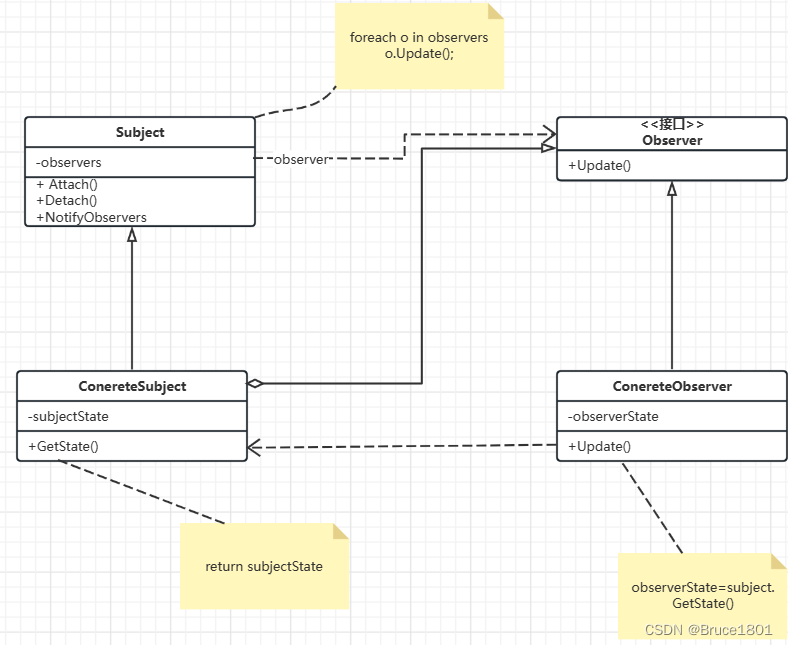
【设计模式】详解观察者模式
文章目录 1、简介2、观察者模式简单实现抽象主题(Subject)具体主题(ConcreteSubject)抽象观察者(Observer)具体观察者(ConcrereObserver)测试: 观察者设计模式优缺点观察…...

用html+javascript打造公文一键排版系统8:附件及标题排版
最近工作有点忙,所 以没能及时完善公文一键排版系统,现在只好熬夜更新一下。 有时公文有包括附件,招照公文排版规范: 附件应当另面编排,并在版记之前,与公文正文一起装订。“附件”二字及附件顺序号用3号黑…...
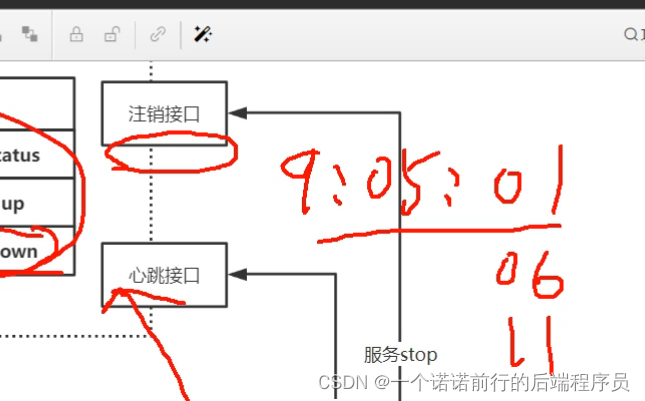
微服务体系<1>
我们的微服务架构 我们的微服务架构和单体架构的区别 什么是微服务架构 微服务就是吧我们传统的单体服务分成 订单模块 库存模块 账户模块单体模块 是本地调用 从订单模块 调用到库存模块 再到账户模块 这三个模块都是调用的同一个数据库 这就是我们的单体架构微服务 就是…...
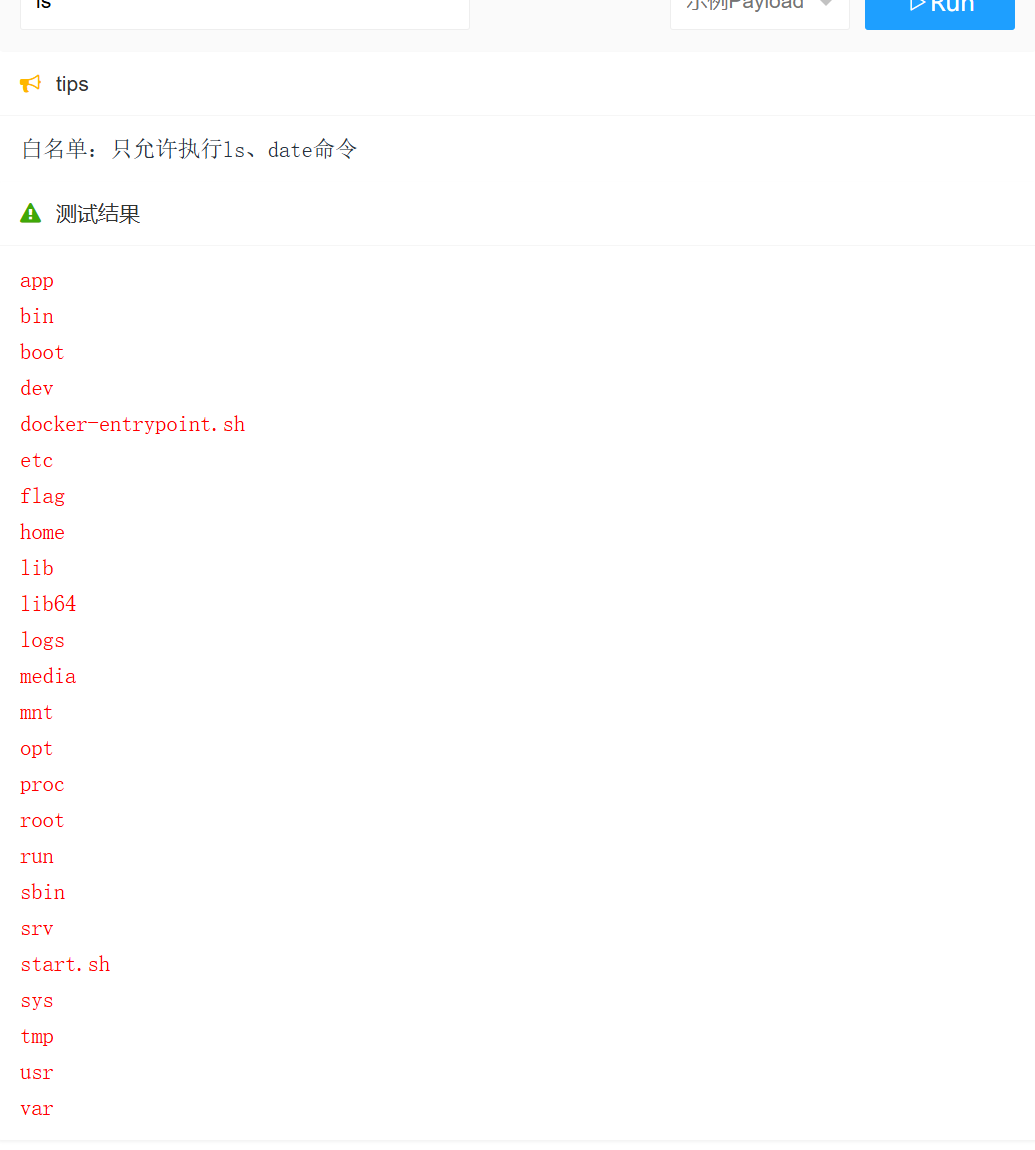
JavaSec-RCE
简介 RCE(Remote Code Execution),可以分为:命令注入(Command Injection)、代码注入(Code Injection) 代码注入 1.漏洞场景:Groovy代码注入 Groovy是一种基于JVM的动态语言,语法简洁,支持闭包、动态类型和Java互操作性,…...

STM32+rt-thread判断是否联网
一、根据NETDEV_FLAG_INTERNET_UP位判断 static bool is_conncected(void) {struct netdev *dev RT_NULL;dev netdev_get_first_by_flags(NETDEV_FLAG_INTERNET_UP);if (dev RT_NULL){printf("wait netdev internet up...");return false;}else{printf("loc…...

【磁盘】每天掌握一个Linux命令 - iostat
目录 【磁盘】每天掌握一个Linux命令 - iostat工具概述安装方式核心功能基础用法进阶操作实战案例面试题场景生产场景 注意事项 【磁盘】每天掌握一个Linux命令 - iostat 工具概述 iostat(I/O Statistics)是Linux系统下用于监视系统输入输出设备和CPU使…...

linux 错误码总结
1,错误码的概念与作用 在Linux系统中,错误码是系统调用或库函数在执行失败时返回的特定数值,用于指示具体的错误类型。这些错误码通过全局变量errno来存储和传递,errno由操作系统维护,保存最近一次发生的错误信息。值得注意的是,errno的值在每次系统调用或函数调用失败时…...

现代密码学 | 椭圆曲线密码学—附py代码
Elliptic Curve Cryptography 椭圆曲线密码学(ECC)是一种基于有限域上椭圆曲线数学特性的公钥加密技术。其核心原理涉及椭圆曲线的代数性质、离散对数问题以及有限域上的运算。 椭圆曲线密码学是多种数字签名算法的基础,例如椭圆曲线数字签…...
)
相机Camera日志分析之三十一:高通Camx HAL十种流程基础分析关键字汇总(后续持续更新中)
【关注我,后续持续新增专题博文,谢谢!!!】 上一篇我们讲了:有对最普通的场景进行各个日志注释讲解,但相机场景太多,日志差异也巨大。后面将展示各种场景下的日志。 通过notepad++打开场景下的日志,通过下列分类关键字搜索,即可清晰的分析不同场景的相机运行流程差异…...

大模型多显卡多服务器并行计算方法与实践指南
一、分布式训练概述 大规模语言模型的训练通常需要分布式计算技术,以解决单机资源不足的问题。分布式训练主要分为两种模式: 数据并行:将数据分片到不同设备,每个设备拥有完整的模型副本 模型并行:将模型分割到不同设备,每个设备处理部分模型计算 现代大模型训练通常结合…...

20个超级好用的 CSS 动画库
分享 20 个最佳 CSS 动画库。 它们中的大多数将生成纯 CSS 代码,而不需要任何外部库。 1.Animate.css 一个开箱即用型的跨浏览器动画库,可供你在项目中使用。 2.Magic Animations CSS3 一组简单的动画,可以包含在你的网页或应用项目中。 3.An…...
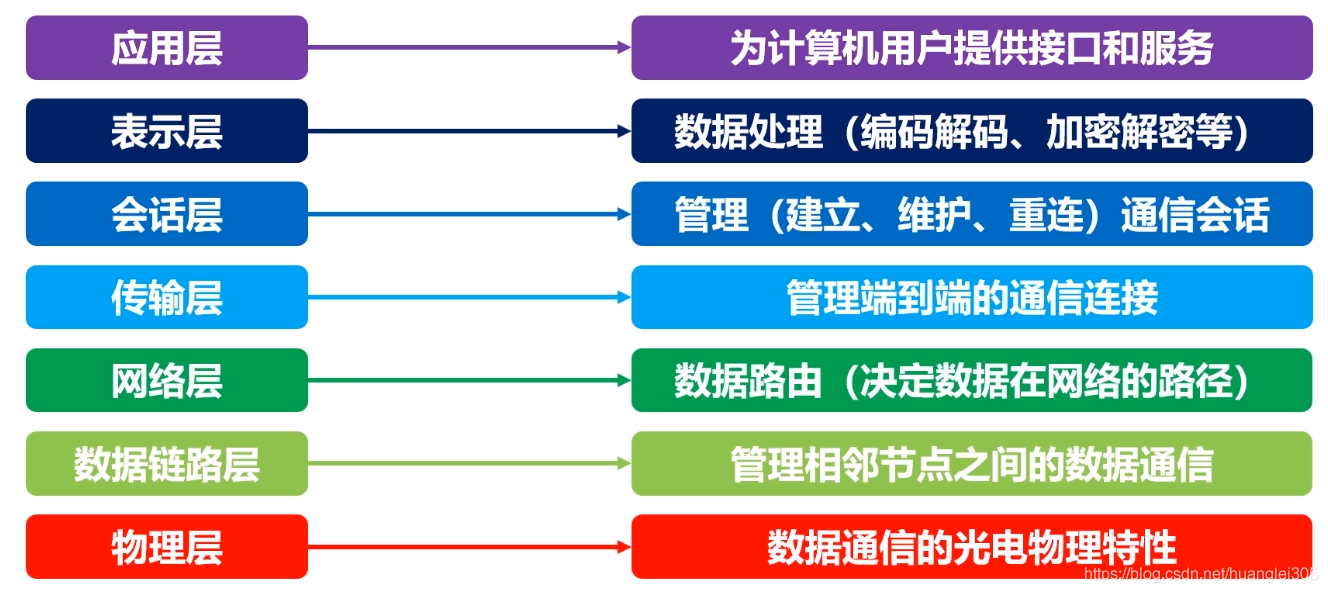
计算机基础知识解析:从应用到架构的全面拆解
目录 前言 1、 计算机的应用领域:无处不在的数字助手 2、 计算机的进化史:从算盘到量子计算 3、计算机的分类:不止 “台式机和笔记本” 4、计算机的组件:硬件与软件的协同 4.1 硬件:五大核心部件 4.2 软件&#…...
)
【LeetCode】3309. 连接二进制表示可形成的最大数值(递归|回溯|位运算)
LeetCode 3309. 连接二进制表示可形成的最大数值(中等) 题目描述解题思路Java代码 题目描述 题目链接:LeetCode 3309. 连接二进制表示可形成的最大数值(中等) 给你一个长度为 3 的整数数组 nums。 现以某种顺序 连接…...
